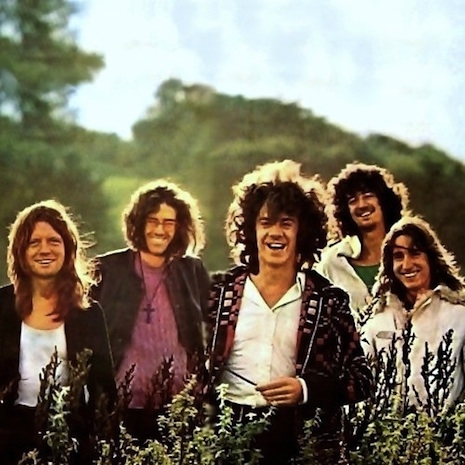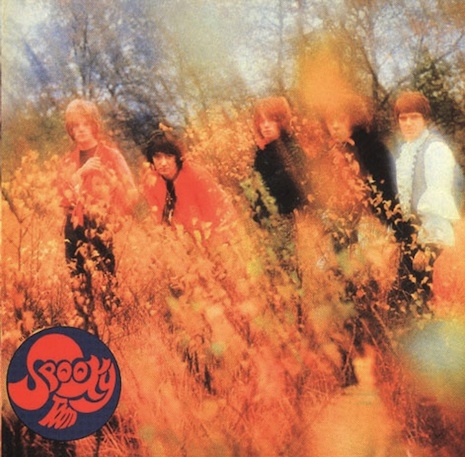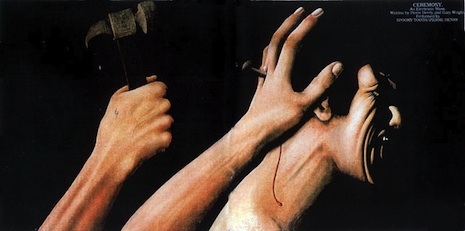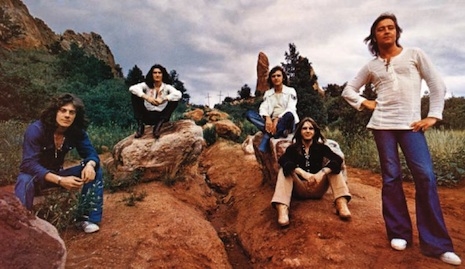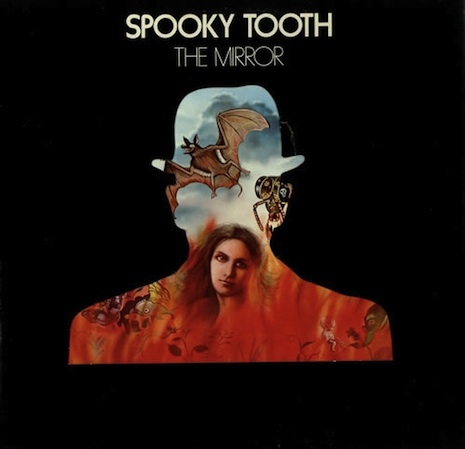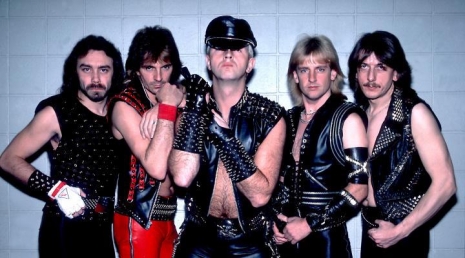
Defenders of the faith, Judas Priest.
If you’ve found yourself with a bad case of the heavy metal bed spins after reading the title of this post, you have my sympathy fellow headbangers. And I’m going to tell you right now that you are not alone as many Priest fans are completely unaware that the epic 1978 jam most would credit JP for, “The Green Manalishi (With The Two-Pronged Crown),” was originally done by Fleetwood Mac in 1970 while guitarist Peter Green was still with the band. According to folklore surrounding the song, the influential Green has said that it was the product of a drug-soaked dream involving a green dog. While the revelation that “The Green Manalishi” isn’t a Priest original might be a surprise to some, Green’s drug use, especially the psychedelic variety, was well-known. Shortly after the release of what the guitarist referred to as his “least appreciated” song, Green would succumb to the side-effects of his overuse of party favors and mental illness and bow out of Fleetwood Mac.
Interestingly, after Rob Halford returned to Judas Priest in 2004 following his departure in the early 90s, bassist Ian Hill said that when the band finally got to perform again the first song they would rip into was “The Green Manalishi.” Nice. So how did one of the heaviest bands from the NWOBHM get the idea to put their own spin on Joan Baez’s devastating, “so long love” song about her ex, Bob Dylan? Vocalist Halford recalls it happened like this:
It was 1978 and I remember we were all together and someone from the label or the management came in and said, ‘Listen to this song. The label would like you to consider covering it.’ And when we put it on, all we heard was Joan Baez singing this song with the guitar, and your knee-jerk reaction is, ‘Are you fucking crazy? We are a heavy metal band.’ But again, typical of Priest, we’re like, ‘What’s the logic behind this?’ And then after a couple of listens, we decided it was a good song. And a good song will take any kind of interpretation. It opened the door for us in radio in a lot of ways, and I think that for the first time, a metal band was able to get the kind of accessibility.

Dylan and Baez in happier times.
So what did Baez think when she heard Priest’s version of “Diamonds and Rust?” She loved it, just like I do. Now, let’s get on to JP’s cover of a Spooky Tooth song found on the final album from the Carlisle band with their original late-1960s lineup, “Better by You, Better than Me.” If you had a pulse and paid attention to the news during the mid-80s, you will likely recall that the song brought a lot of horrifically unwarranted heat on Priest after the 1985 suicide/suicide attempt of Raymond Belknap and James Vance who both shot themselves on a church playground after a six-hour long alcohol and drug infused session listening to Priest’s 1978 album Stained Class. Belknap’s death was instantaneous, however, and despite the fact that he suffered massive facial injuries, Vance would survive though he never quite recovered from the incident physically or mentally. Three short years later he was dead, too.
In court, the song became one of the primary targets of the prosecution who alleged it was a harbinger for subliminal suicidal messages that infiltrated the drug-addled minds of the two young Judas Priest fans. The story is immensely troubling and it is difficult to comprehend how “Better by You, Better than Me” could be considered the impetus for what Belknap and Vance did at the behest of imaginary hidden messages on the version recorded by Judas Priest.
More after the jump…






